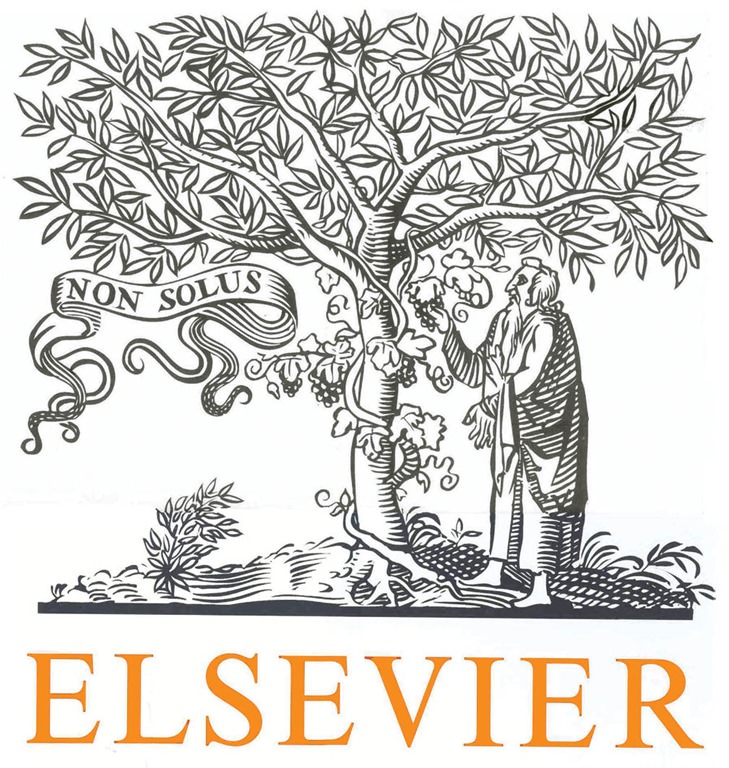2. Paid content profile
The origins of paid DCM, that is, the paid integration of commercial content regarding brands into digital media content, can be traced to non-digital media such as TV, movies, and print (Ford, 1993). Indeed, paid content has many names: Russell and Belch (2005) use the term brand placement for the integration of a brand into entertainment activities, mainly TV and movies, in order to achieve marketing goals. Hackley, Tiwsakul, and Preuss (2008) define product placement as a form of marketing communication integrated into entertainment content, where the identity of the marketer, his intentions, and brand message are hidden from the viewer.








